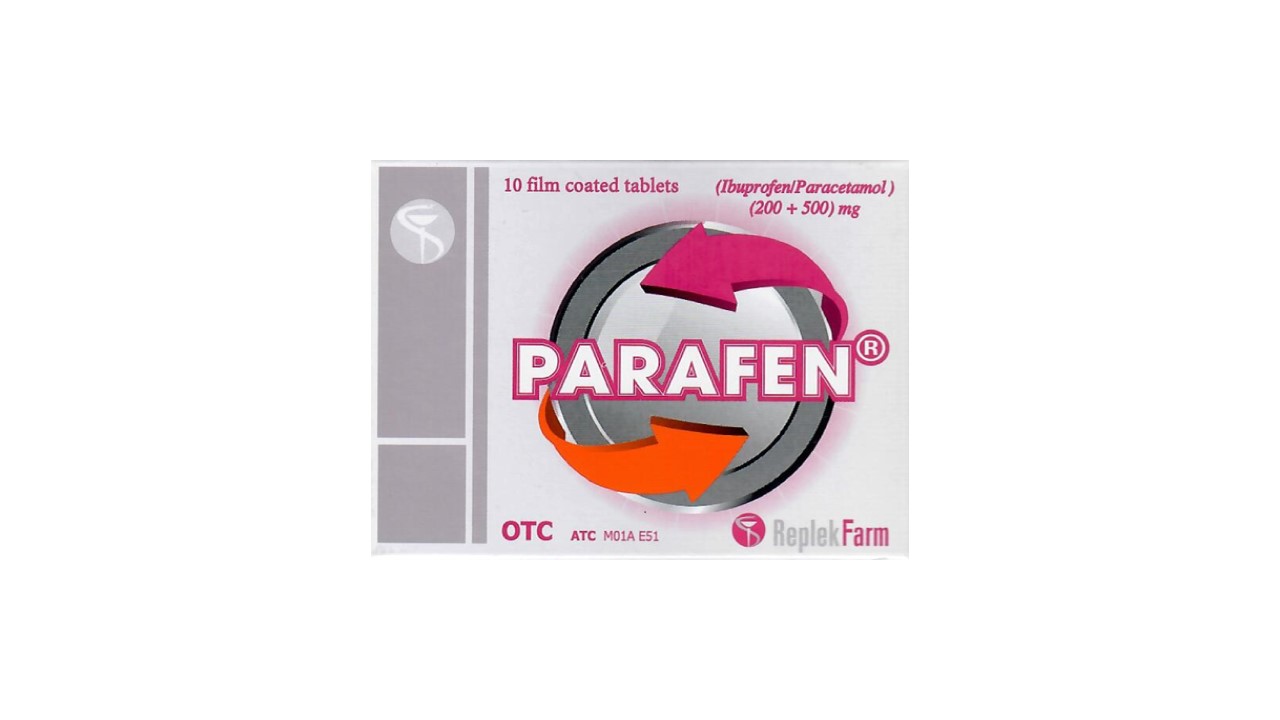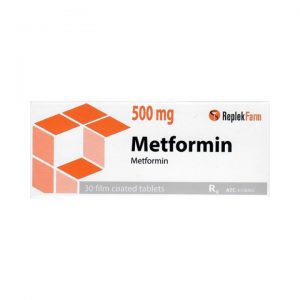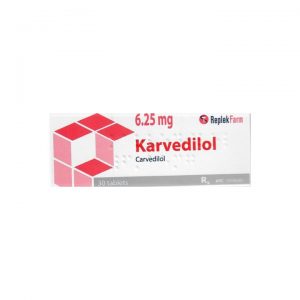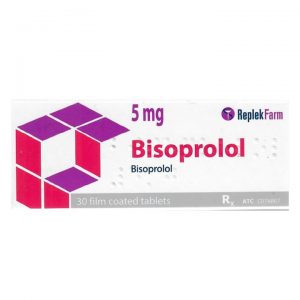Description
Pain treatment
According to the length of time, the pain can be:
- acute (short-term)
- chronic (long-term)
According to the type of pain, it can be:
- Nociceptive – caused by the stimulus of the sensory nerve cells (nociceptors) most commonly in pressure, mechanical injury, temperature or chemical that damages the tissue. If the surface is usually strong, sharp and localized, but if it is visceral (ie, pain from the internal organs or tissues) is most commonly diffuse, difficult to localize, in the form of cramps, pulsating or continuous, sharp or blunt, depending on cause and organ. This pain can be accompanied by an urge of nausea or vomiting. A common example of such pain is menstrual pain.
- Neuropathic – caused by inflammation or damage to the nerves. It is often felt in the form of roasting, tingling, tingling, dying.
- – Psychological pain or psychosomatic, usually associated with long-standing stress or another mental, emotional factors.
Depending on the length of the pain, the treatment should be determined, because the drugs used for pain relief are usually harmful to some other organ, so we should always evaluate what we receive and what can be called as a consequence.
Usually, weaker analgesics are safer, while stronger ones are more effective, but they can, in turn, cause pain and damage to other organs (stomach, liver) or cause unwanted complications in those with heart disease.
Therefore, the safest, yet effective analgesic should always be chosen.
Paraffin is a combination of the two safest analgesic components at low doses, which ensures the best safety and efficacy for the treatment of the most common pain





